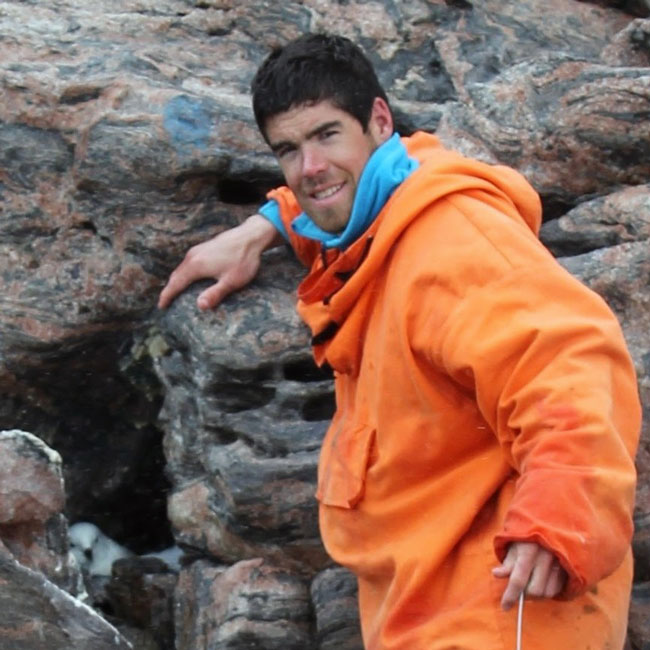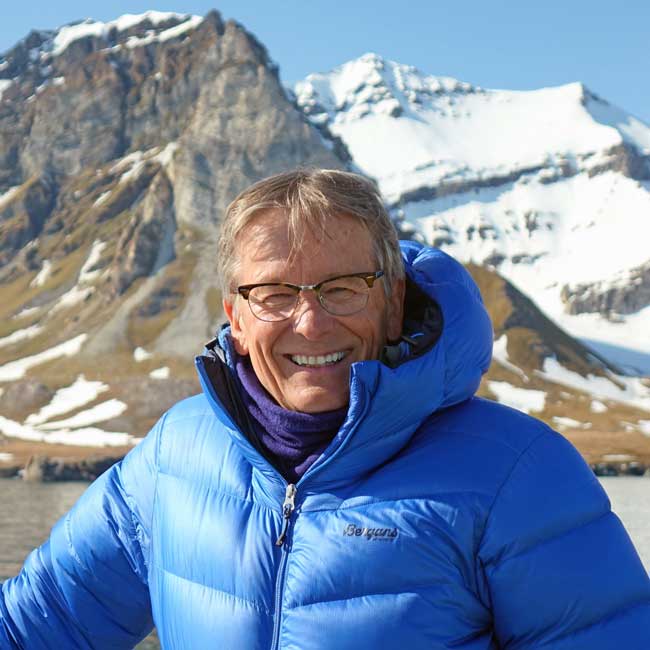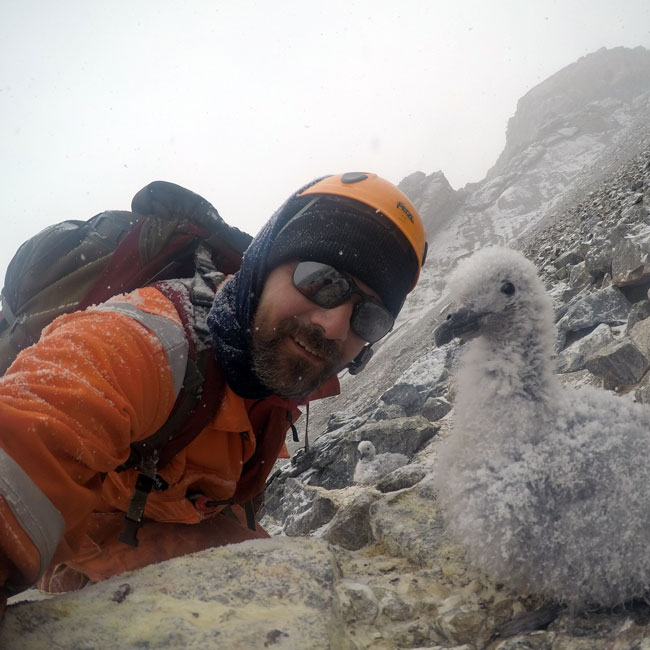Ice type matters: impacts of landfast and drift ice on body condition in a high Arctic seabird community
[Published 08 January 2024]
Scientific Publications
Abstract
Sea ice, a central component of polar ecosystems, is undergoing profound changes due to climate change. In particular, the Arctic is experiencing unprecedented warming at quicker rates than other regions. This alarming trend of sea ice loss has dire consequences, with spill-over effects on the entire ecosystem, from phytoplankton to top predators. The complex and dynamic nature of sea ice gives rise to diverse habitats, each with the potential to affect larger ecosystems in different ways. However, our understanding of the relative importance of different ice types for higher trophic levels remains limited. To address this knowledge gap, we conducted a comprehensive study of the effects of drift ice, landfast ice, and total sea ice extent (landfast ice + drift ice) on the body condition of six species of polar-breeding seabirds using long-term monitoring data (2003-2021) from Kongsfjorden, Svalbard. These species fell into two categories: Arctic species (Little Auk Alle alle, Brünnich’s Guillemot Uria lomvia, and Glaucous Gull Larus hyperboreus) and “boreal” (or north temperate) species (Black-legged Kittiwake Rissa tridactyla, Arctic Skua Stercorarius parasiticus, and Great Skua Stercorarius skua). We found that the presence and extent of different types of sea ice may have different effects on seabird body condition. Though we did not find any relationship between total sea-ice extent and seabird body condition, drift ice and landfast ice extent did produce significant effects. For Arctic species, these effects were positive. For boreal species, the relationship between body condition and drift and landfast ice was more complex. Our study suggests that the use of a non-specific sea ice variable may mask the effects of sea ice on Arctic wildlife, highlighting the importance of not considering sea ice to be uniform and simple habitat.
FACE-IT Scientists:
Christophe SAUSER
Norwegian Polar Institute, Tromsø, Norway
Christophe’s FACE-IT Projects
Role in FACE-IT:
• Researcher "Biodiversity Changes"
Sébastien DESCAMPS
Norwegian Polar Institute, Tromsø, Norway
Google Scholar personal page
Sebastien’s FACE-IT Projects
Role in FACE-IT:
• Leader "Biodiversity Changes"



